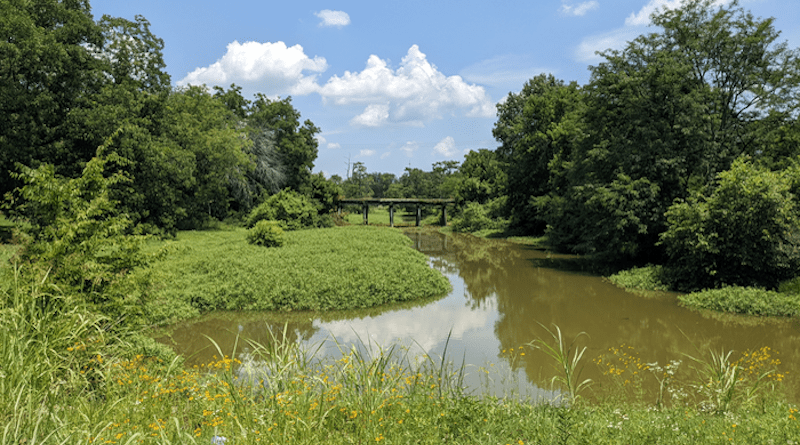Parasitic Infections Common In Kids In Low-Resource US Communities
Most Americans view parasitic infections as a problem of the past or one that only impacts low-income countries. However, new research from Washington University in St. Louis finds evidence that the problem is likely widespread in low-resource communities throughout southern United States where environmental conditions combined with infrastructural neglect and inadequate access to health care create the perfect breeding ground for these infections.
In a small, preliminary study published in American Journal of Human Biology, 38% of children sampled from a rural Mississippi Delta community were found to have either parasitic worms or protist infections — a single-cell parasitic organisms that can negatively impact intestinal health.
Parasitic infections are a neglected health issue in low-resource communities, according to Theresa Gildner, study co-author and assistant professor of biological anthropology in Arts & Sciences at WashU. School-age children are especially at risk for these infections due to increased exposure through play, poor hand hygiene and their still-developing immune systems.
Left untreated, the infections can lead to nutritional deficiencies and lifelong health consequences. Gildner said many of the community members they worked with during this project expressed frustration with state and federal governments that do not listen to their concerns related to these issues.
“This is a failure of all levels of government to provide basic services to vulnerable citizens. Health conditions — including parasitic and intestinal infections — linked with poor sanitation will likely worsen in coming years as climate change and associated extreme weather events further strain already weak infrastructure systems,” said Gildner, an expert on parasitic disease and health disparities.
According to Gildner, President Biden’s infrastructure bill is a step in the right direction, but more work is needed in the near future to invest in crumbling infrastructure.
“I do not know if President Biden’s infrastructure bill will directly help the communities where we have worked — we haven’t heard anything from our community partners — but I think there could be indirect benefits. For instance, drawing more attention to the immediate need for investment in failing infrastructure may lead to more localized projects that benefit these communities,” she said.
But any efforts to address these infrastructure needs should start with direct and respectful community engagement by locally elected officials. After all, she said, “Individuals living in these communities have the best sense of what the issues are through their lived experiences and may have ideas for what is most needed to improve conditions in their specific community.”

